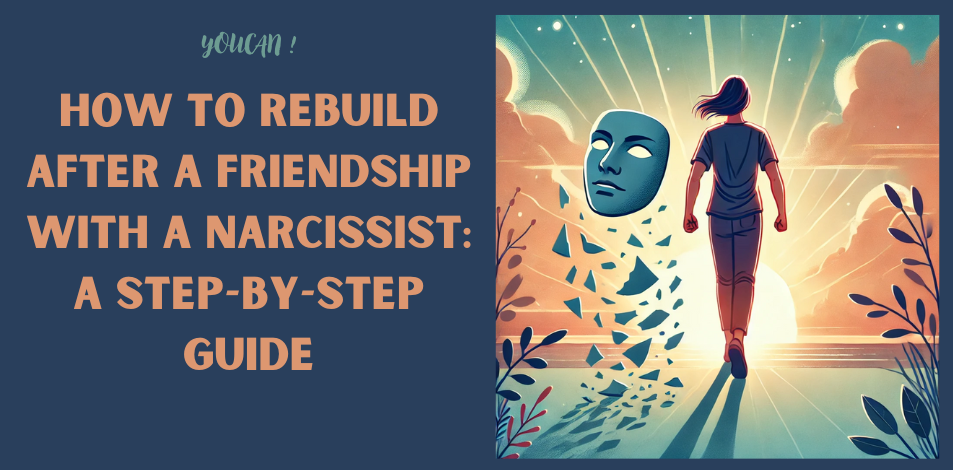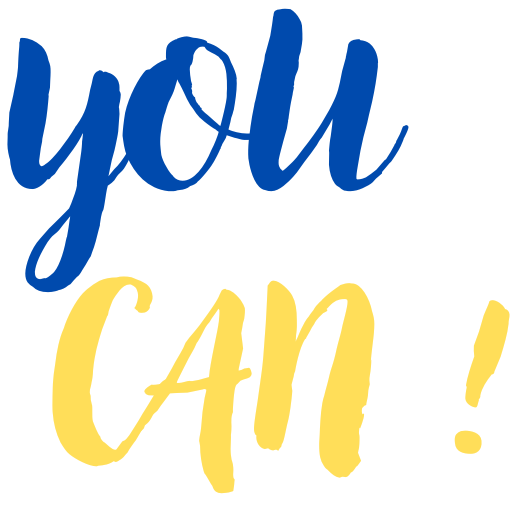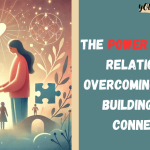
Have you ever found yourself in a friendship with someone who seemed to take and take and take without giving in return? You may have felt drained, manipulated, and even exploited. If you’ve been in a relationship with a narcissist, you’re not alone. Narcissistic friends often prioritize their own needs over yours, and when the relationship ends—whether by choice or manipulation—you may find yourself in need of serious emotional healing. But don’t worry—rebuilding after a friendship with a narcissist is not only possible, it’s essential to your mental and emotional well-being.
In this guide, you’ll discover practical steps to help you heal, regain your self-esteem, and develop healthier, more supportive friendships moving forward. Let’s dive in.
Step 1: Acknowledge the Trauma
The first step to healing is to acknowledge that you’ve been emotionally abused. Narcissistic friends often use manipulation, manipulation, and emotional exploitation to maintain control over you. Their lack of empathy can leave you questioning your worth and questioning your feelings. This emotional burden can be even more difficult when the narcissist is someone you trust and care about.
Realizing that you were in a toxic relationship can be painful, but it’s crucial to healing. Validate your feelings—your anger, confusion, sadness, or even guilt—and allow yourself to feel them.
Step 2: Set Clear Boundaries
Boundaries are one of the most important tools for rebuilding after a narcissistic friendship. Narcissists often blur the lines of personal space, emotional boundaries, and respect. They may make you feel guilty, manipulate your time, or disrespect your needs.
How to Set Boundaries:
Limit Contact: You may need to minimize or completely cut off contact with your narcissistic friend. This is especially important if they continue to drain you emotionally.
Set Boundaries: Be clear about what you will and will not tolerate in future relationships. Boundaries may include things like not allowing anyone to belittle you or manipulate your emotions.
Enforcing your boundaries: It’s important to be consistent when enforcing these boundaries. If the narcissist or anyone else crosses your boundaries, politely but firmly remind them of your boundaries.
Step 3: Reflect and understand what went wrong
Once you’ve set boundaries, it’s time to reflect on the friendship and understand what went wrong. This isn’t about blaming yourself—it’s about gaining clarity. Understanding patterns of narcissistic behavior will allow you to avoid falling into similar situations in the future.
Some common narcissistic traits to look out for:
Selfishness: Narcissists often make everything about them, ignoring your feelings or needs.
Lack of empathy: They can be dismissive of your feelings or experiences.
Psychological manipulation: This is a form of psychological manipulation where they make you question your reality.
Exploitation: Narcissists may use you to achieve their own goals, leaving you feeling empty or unappreciated.
Understanding these behaviors can help you see how the relationship was unbalanced and will be key to preventing it from happening again.
Step 4: Seek support from trusted friends or a therapist
Rebuilding yourself after a narcissistic friendship can be very difficult, and you don’t have to do it alone. Seek support from friends who understand your situation and have your best interests at heart. A therapist can also be a valuable ally. Narcissistic relationships can have profound emotional effects, and talking to a professional can help you work through your feelings and find strategies for coping with the aftermath.
Support tips:
Find someone who will listen to you without judgment.
Join online or in-person support groups where others share their experiences.
A therapist can provide you with tools to rebuild your self-esteem and restore emotional balance.
Step 5: Prioritize self-care and healing
You may not realize it, but being in a narcissistic friendship can take a toll on your physical and emotional health. Once you’ve broken free from the toxic influence, it’s time to take care of yourself.
Self-care practices to try:
Rest: Give yourself time to relax and process your feelings.
Engage in activities that bring you joy: Whether it’s reading, journaling, drawing, or a favorite hobby, reconnecting with what you love will help you rediscover yourself.
Practice mindfulness: Meditation, yoga, or even deep breathing exercises can help you stay grounded and reduce stress.
Rebuild your routine: Focus on healthy habits like regular exercise, eating nutritious meals, and getting enough sleep.
Taking care of your mind and body will help you regain your energy and strength.
Step 6: Forgive Yourself and Move On
It’s normal to feel guilty or remorseful after leaving a narcissistic friendship. You may wonder if you did something wrong or if you could have handled things differently. The truth is that narcissists are skilled at manipulation, and it’s not your fault.
Forgiving yourself is essential to moving forward. Let go of any shame or guilt. Focus on the fact that you’re taking steps to improve yourself, and remember that leaving a toxic situation is an act of self-love.
Step 7: Learn and Grow from the Experience
Once you’ve healed, it’s time to take the lessons from your experience and apply them to future relationships. You’ve learned what unhealthy friendship dynamics look like, and this awareness can help you build stronger, more fulfilling relationships.
What You Can Learn:
Trust Your Instincts: If something feels off in a relationship, listen to your gut.
Value yourself: Understand that you deserve friends who support, respect, and value you.
Don’t ignore warning signs: If a friend shows signs of narcissistic behavior, such as lack of empathy or manipulation, don’t hesitate to distance yourself from them.
Step 8: Surround yourself with positive, compassionate people
As you rebuild your life, fill it with positive, supportive people who respect your boundaries and nurture your growth. Healthy friendships are built on mutual respect, empathy, and trust. Look for people who celebrate your accomplishments, listen to you when you speak, and support you in your endeavors.
Remember, a true friend will never make you feel small or unworthy.
Step 9: Take Your Time
Rebuilding after a friendship with a narcissist is not a race. It’s a gradual process that requires patience and self-compassion. Don’t rush into making new friends out of loneliness or a desire to fill a void. Take your time, focus on your growth, and trust that you will attract the right people when you’re ready.
Conclusion
Healing from a friendship with a narcissist is hard, but with the right tools and mindset, you can reclaim your power, rebuild your self-esteem, and create stronger, healthier relationships in the future. By setting boundaries, reflecting on the experience, seeking support, practicing self-care, and learning from the experience, you’ll emerge stronger and more resilient.
You deserve friendships that lift you up, not tear you down. Trust in your ability to rebuild and move forward—your best relationships are still ahead.
See also: 16 Effective Comebacks to Use to Shut Down a Narcissist




